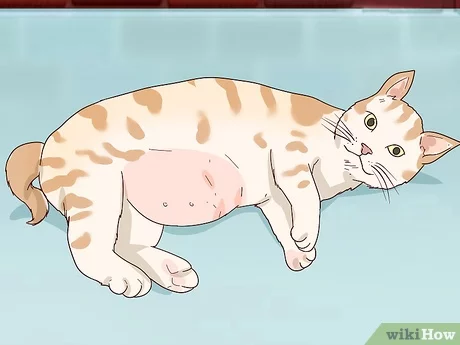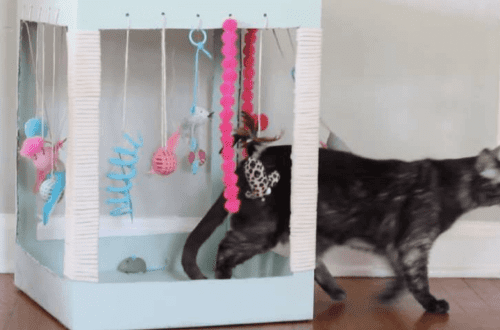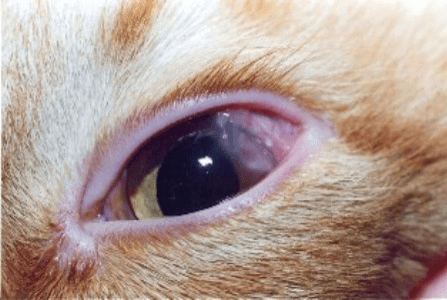
Pyometra in cats: symptoms and treatment
Pyometra, or acute purulent endometritis, is a bacterial infectious disease that provokes the accumulation of purulent secretions in the uterus of an animal. How to recognize the development of the disease in time and save the pet?
Pyometra, or purulent inflammation of the uterus in a cat, is a fairly common bacterial disease of the reproductive system in animals. It is characterized by severe course and complications. In the absence of proper treatment, the disease can even lead to death, so it is important to recognize pyometra in time and not waste precious time.
Contents
Symptoms of the disease
There are two types of pyometra: closed, in which purulent discharge accumulates directly inside the cat’s uterus, and open, with an open cervix. which allows pus to come out of the uterine cavity. In the second case, pus is visible on the pet’s fur, and the disease is easier to diagnose. Symptoms of the disease usually begin to appear around 10-40 days after the end of estrus, and these can be:
- purulent and spotting, if the type of disease is open,
- exhaustion,
- depressed state,
- signs of intoxication of the body,
- frequent trips to the toilet,
- severe thirst and dehydration,
- anemia,
- increase in body temperature,
- chair problems,
- strange gait of the animal.
One of the dangers of a closed type of the disease is that it does not have specific symptoms. For example, problems with urination may be a sign of developing urolithiasis, and vomiting is a symptom of poisoning. Therefore, it is very important at the slightest suspicion contact a doctor. This will help to recognize the disease at an early stage and more likely to avoid serious consequences.
Causes of pyometra development and diagnosis
According to statistics, cats at the age of 5 years are at risk, although there are cases of manifestations of the disease in very young individuals. In addition to age, the causes of pyometra in cats are:
- improper intake of drops and tablets “antisex” – hormonal-based drugs to suppress the sexual instincts in a cat;
- bacterial infections, especially streptococci and E. coli.
In order to make a diagnosis, the doctor takes a blood test, prescribes an ultrasound of the abdominal cavity, and sometimes an X-ray. In the case of an open type of pyometra, an x-ray may not be required.
Treatment of pyometra and the postoperative period
After confirming the diagnosis, the doctor prescribes treatment – medication or surgery. Conservative treatment without surgery can be prescribed only for young cats that do not have congenital pathologies and chronic diseases, and only in the early stages of pyometra.
The most common operation to remove the ovaries and uterus of the animal is an ovariohysterectomy. Only this method absolutely guarantees that the development of the disease will be stopped. Usually a cat after the operation is placed in a hospital for one or two days, but sometimes rehabilitation takes place at home. The recovery period takes about two weeks. At this time, it is important to carefully monitor the condition of the animal and strictly follow the recommendations of the attending physician.
Preventive measures
The most important thing in preventing uterine inflammation in a cat is to sterilize non-breeding pets on time. In other cases, it is recommended to consult a veterinarian before using hormonal drugs to suppress sexual instincts and contact a veterinarian at the first warning signs.
See also:
- What diseases can you catch from a cat?
- Feline immunodeficiency virus: causes, symptoms, prognosis
- The most common cat diseases: symptoms and treatment





